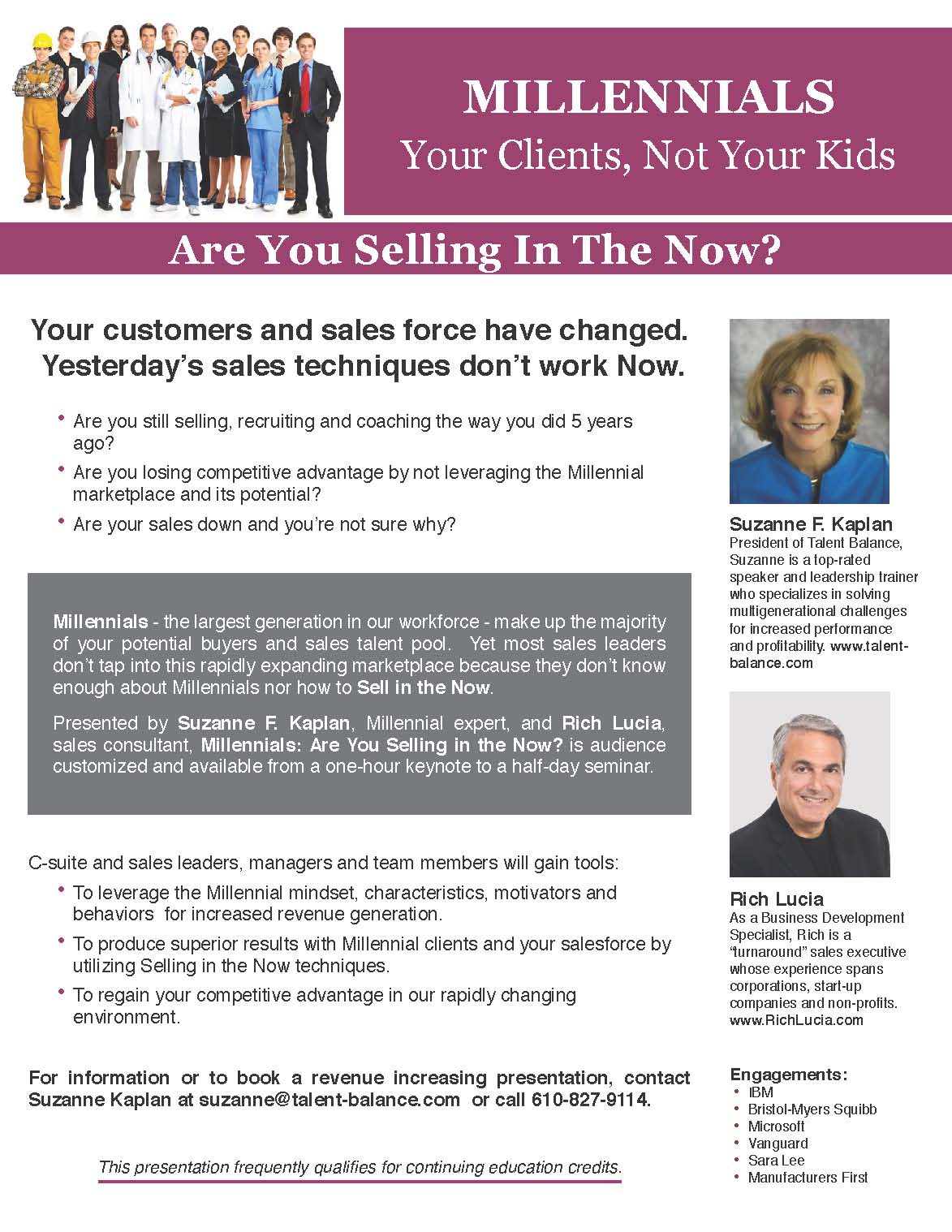 I found myself in the city of Nashville last week and had the opportunity to walk along Broadway. It was amazing. People everywhere were enjoying the city’s history as the sounds of country music filled the streets from every bar I passed. I watched the smiles as passersby soaked up the experience when there it was, a life size statue of Elvis Presley.
I found myself in the city of Nashville last week and had the opportunity to walk along Broadway. It was amazing. People everywhere were enjoying the city’s history as the sounds of country music filled the streets from every bar I passed. I watched the smiles as passersby soaked up the experience when there it was, a life size statue of Elvis Presley.
I could almost hear the thunderous applause followed by the King himself saying, “Thank you, Thank you very much.” I began to think, how often in sales do we take the time to say, “Thank you”? I know we live in a sales world of CRM and contacts with our customers revolve around forecasts and revenue projections, however I am talking about contact with a sole purpose and a sole purpose only, to say thank you. Not some passing thanks for the last order and then asking for another, but a face to face to just say I appreciate your business then disconnect.
Sure, using social media in sales is important, but our sole purpose for interaction with another human should not be to beat them with a URL, to drive them to your website, or deliver content that will help raise your credibility. Saying, “I appreciate your business” without another motive might just display something that is more valued than your company’s product or service, something called caring and sincerity.
So, the next time you wish to get closer to your customer don’t send them a survey, retweet or a blog, take a lesson from the King. Look them in the eye and say, “Thank you, Thank you very much.”
Author: RichLucia
www.RichLucia.com




 This past weekend, I had the pleasure of stopping by a four-year-old’s soccer game. I watched as these boys and girls had the best time chasing a soccer ball in unison, up and down the field. There were no plays and their techniques yielded to a recurring cheer of, “get it”, kick harder”. It occurred to me, while watching, how similar this scene is to most sales organizations.
This past weekend, I had the pleasure of stopping by a four-year-old’s soccer game. I watched as these boys and girls had the best time chasing a soccer ball in unison, up and down the field. There were no plays and their techniques yielded to a recurring cheer of, “get it”, kick harder”. It occurred to me, while watching, how similar this scene is to most sales organizations. Today’s business development calls for a fresh look at your sales strategy. I realize we were raised on the sales mentality of being a Shark. Cover our geography and chase anything that moves. Want more catches? Swim faster.
Today’s business development calls for a fresh look at your sales strategy. I realize we were raised on the sales mentality of being a Shark. Cover our geography and chase anything that moves. Want more catches? Swim faster. Where do you turn when sales aren’t where they should be? Conventional wisdom tells us to hit the sales-training road in an attempt to utilize those time-proven selling techniques. Back to the basics – you know, those sales tools that have been used with great success for years and have stood the test of time. Not so quick. They’re often repackaged, but not much has really been altered during the past twenty years. But something has changed … your customer. Many of the selling tools and techniques we still use today were created back when all customers had the same motivations, values and perceptions. At that time, creating a set of universal selling concepts that would appeal to everyone was a pretty good idea. Ultimately, a “one size fits all” sales manual was utilized to teach and appeal to the majority of the prospects out there, namely Baby Boomers. The only problem now is that Baby Boomers have begun to retire, and the incoming Generation Y and Xers don’t dance to the same drummer as the generation before them. And the Millennials who follow the Gen Y & Xers are bringing even more diverse motivations, values and perceptions to the playing field. So why are we selling in the past? It’s almost like we are skating where the puck used to be, and then surprised when we get there only to find that the game has moved to another place. If the mission is to win the game of today, then you must use the tools that customers respond to NOW. “Selling in the NOW” means recognizing that if you want to make a sale to today’s buyers, you have to be aware of how and why they buy in today’s world.
Where do you turn when sales aren’t where they should be? Conventional wisdom tells us to hit the sales-training road in an attempt to utilize those time-proven selling techniques. Back to the basics – you know, those sales tools that have been used with great success for years and have stood the test of time. Not so quick. They’re often repackaged, but not much has really been altered during the past twenty years. But something has changed … your customer. Many of the selling tools and techniques we still use today were created back when all customers had the same motivations, values and perceptions. At that time, creating a set of universal selling concepts that would appeal to everyone was a pretty good idea. Ultimately, a “one size fits all” sales manual was utilized to teach and appeal to the majority of the prospects out there, namely Baby Boomers. The only problem now is that Baby Boomers have begun to retire, and the incoming Generation Y and Xers don’t dance to the same drummer as the generation before them. And the Millennials who follow the Gen Y & Xers are bringing even more diverse motivations, values and perceptions to the playing field. So why are we selling in the past? It’s almost like we are skating where the puck used to be, and then surprised when we get there only to find that the game has moved to another place. If the mission is to win the game of today, then you must use the tools that customers respond to NOW. “Selling in the NOW” means recognizing that if you want to make a sale to today’s buyers, you have to be aware of how and why they buy in today’s world.



 How often have we heard the phrase, “Tried and True”? This phrase is a throwback from the past designed to build our confidence around, “It has always worked, so keep doing it”.
How often have we heard the phrase, “Tried and True”? This phrase is a throwback from the past designed to build our confidence around, “It has always worked, so keep doing it”.